Germany : Innovative Policies Drive Growth
Key markets include cities like Berlin, Hamburg, and Munich, which are hubs for renewable energy projects. The competitive landscape features major players like Siemens Gamesa and NextEra Energy, which have established a strong presence in the region. Local dynamics are characterized by a collaborative environment between government, industry, and academia, fostering innovation. The wind and solar sectors are particularly prominent, with numerous projects underway to enhance energy production and distribution.
UK : Strong Offshore Wind Initiatives
Key markets include coastal regions like East Anglia and Scotland, which are pivotal for offshore wind farms. The competitive landscape features major players such as Orsted and Vestas Wind Systems, which are leading the charge in renewable installations. The local business environment is dynamic, with numerous partnerships between public and private sectors. The offshore wind sector is particularly vibrant, contributing significantly to job creation and local economies.
France : Nuclear and Renewables Coexist
Key markets include regions like Occitanie and Nouvelle-Aquitaine, which are seeing significant renewable projects. The competitive landscape features players like Enel and Iberdrola, which are expanding their footprint in the French market. Local dynamics are influenced by a strong regulatory framework that encourages innovation and investment. The solar and wind sectors are gaining traction, with numerous projects aimed at reducing carbon emissions and enhancing energy independence.
Russia : Focus on Sustainable Development
Key markets include regions like Siberia and the Far East, where renewable energy projects are being piloted. The competitive landscape is still developing, with local players beginning to emerge alongside international firms. The business environment is challenging but improving, as the government seeks to attract foreign investment. The solar and wind sectors are particularly promising, with potential applications in remote energy supply and industrial use.
Italy : Strong Government Support for Renewables
Key markets include regions like Lombardy and Sicily, which are hotspots for solar energy projects. The competitive landscape features major players like Enel and Iberdrola, which are actively investing in renewable technologies. The local business environment is supportive, with numerous incentives for green energy projects. The solar sector is particularly vibrant, contributing significantly to Italy's energy mix and job creation.
Spain : Strong Investment in Renewables
Key markets include regions like Andalusia and Galicia, which are leading in wind energy projects. The competitive landscape features players like Siemens Gamesa and Iberdrola, which are prominent in the Spanish market. The local business environment is dynamic, with strong collaboration between government and industry. The wind sector is particularly robust, contributing to Spain's energy independence and economic growth.
Rest of Europe : Varied Market Dynamics Across Regions
Key markets include countries like Sweden, Denmark, and the Netherlands, which are making strides in renewable energy. The competitive landscape features a mix of local and international players, with varying degrees of market penetration. Local dynamics are influenced by national policies and economic conditions, creating a complex business environment. The wind and solar sectors are gaining traction, with numerous projects aimed at enhancing energy sustainability.


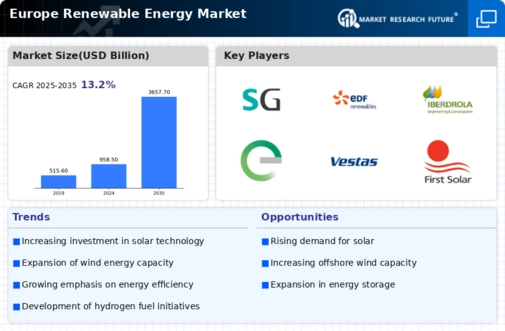

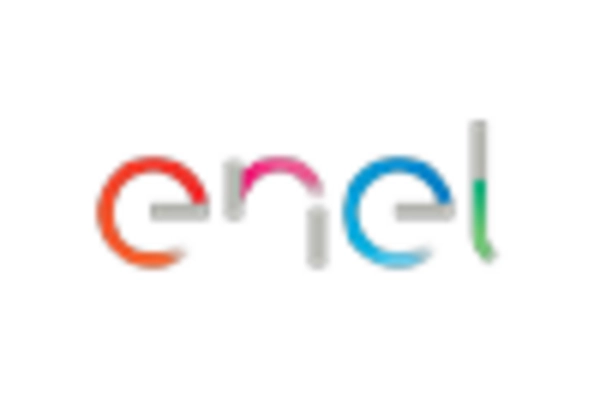
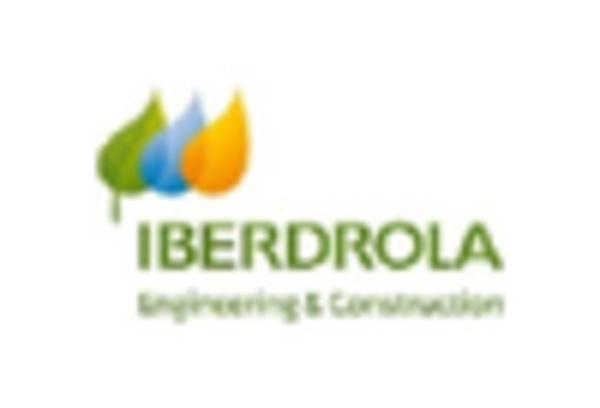
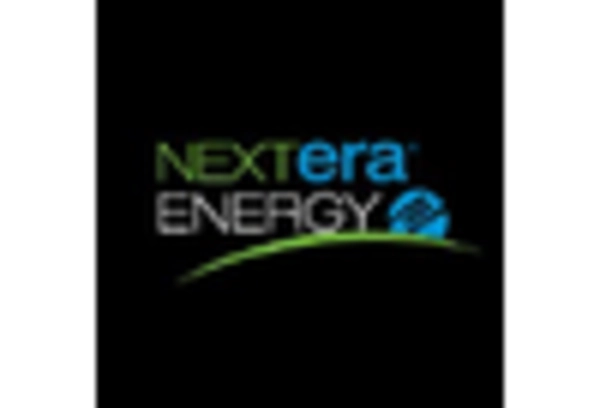
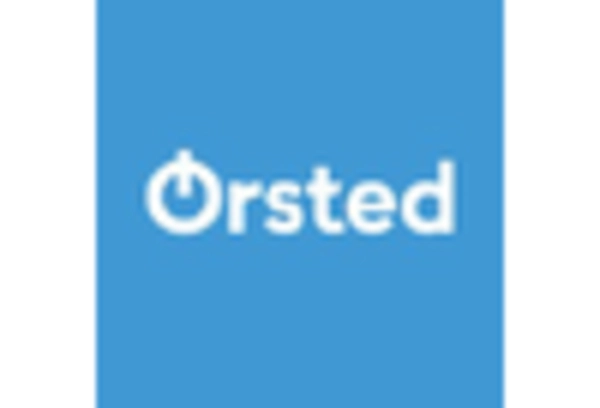
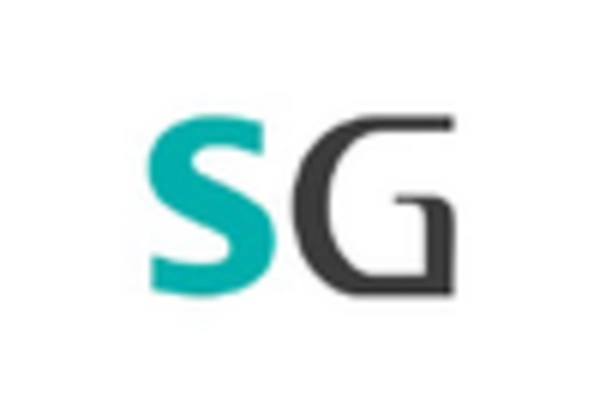
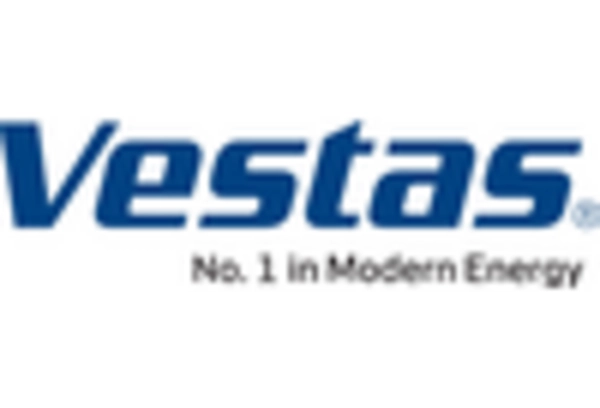








Leave a Comment